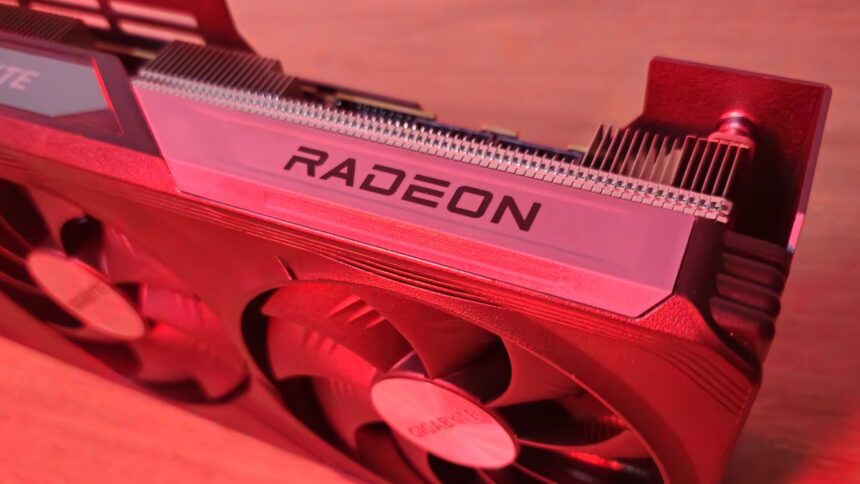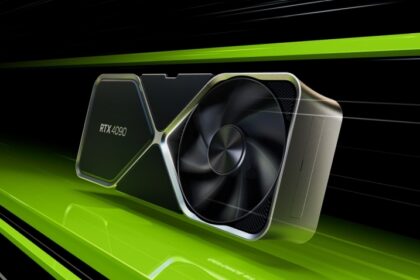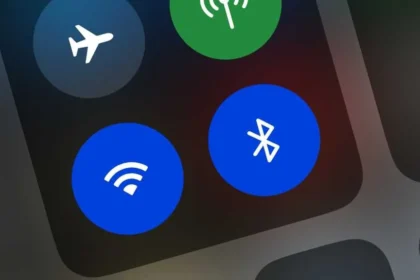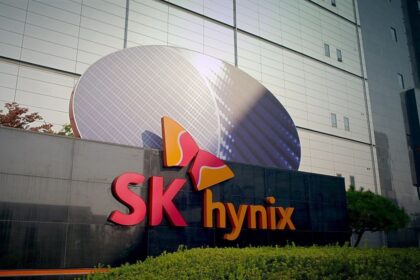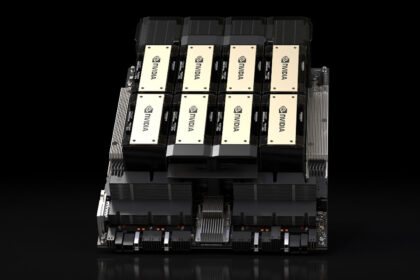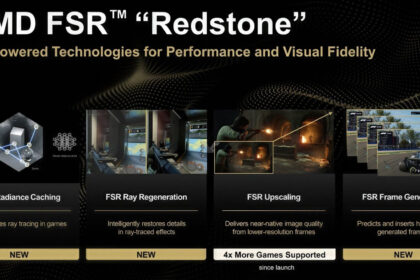AMD has once again followed its well-known strategy of refreshing older technologies with slight adjustments, this time expanding its GPU lineup with a new RDNA 3-based model. The company has introduced the Radeon RX 7700, which comes with a few key upgrades over the RX 7700 XT.
The most notable change is in video memory: the RX 7700 now carries 16 GB of VRAM, compared to the XT’s 12 GB. Along with the memory bump, AMD has widened the interface from 192-bit to 256-bit and increased speeds to 19.5 Gbps (up from 18 Gbps on the XT). These tweaks push the card’s memory bandwidth to 624 GB/s, representing more than a 30% jump in throughput.
In short, while this isn’t a complete overhaul, the RX 7700 arrives as a slightly more robust option in AMD’s midrange portfolio, giving players extra memory headroom and faster data handling compared to its XT sibling.
Radeon RX 7700 is for games at 1440p, even with lower costs

The Radeon RX 7700 might look stronger on paper thanks to its expanded memory, but in practice, it won’t outperform the RX 7700 XT. That’s because AMD cut back on cores, leaving this model with 40 Compute Units and 2,560 stream processors, compared to the XT’s 54 CUs and 3,456 SPs. This reduction also impacts the number of ray tracing units (40 vs. 54) and AI accelerators (80 vs. 108).
Here’s a quick breakdown of the two cards:
Radeon RX 7700 vs RX 7700 XT
| Radeon RX 7700 vs. RX 7700 XT | ||
| GPU | RX 7700 | RX 7700 XT |
| CUS/SPS | 40/2,560 | 54/3,456 |
| Vram | 16 GB 256-bit | 12 GB 192-bit |
| Vram speed | 19.5 Gbps/624 GB/S | 18 Gbps/432 GB/S |
| RT/IA accelerators | 40/80 | 54/108 |
| TDP | 263W | 245 W |
One interesting twist is power usage: despite having fewer cores, the RX 7700 actually draws more power (263W) than the XT (245W). This extra demand likely comes from its expanded VRAM and faster memory speeds.
In terms of performance, don’t expect it to match the XT or cards like the RX 7900 XT in raw rasterization. Still, AMD positions the RX 7700 as a 1440p gaming card, claiming it can push over 60 FPS in demanding titles such as Resident Evil 4, Dying Light 2, and Spider-Man 2.

